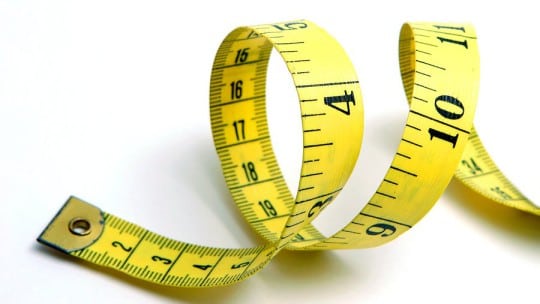
[Editor's Note: In a recent conversation with PRNEWS, measurement expert Katie Paine discussed three trends to follow in PR measurement; metrics she hopes communicators will soon retire; how to begin creating a measurement framework; and more.]
PRNEWS: What are the three biggest trends in PR measurement that you’re following this year?

Katie Paine: CEO, Paine Publishing, LLC; Founder and Member, Institute for Public Relations Measurement Commission:
Increasing focus on target audiences. The “hottest” metric—i.e. showing up on the most dashboards I’m working on—is “% of coverage that appears in top tier media.” Of course, that assumes that your top tier media is in fact reaching your target audience. The corollary to this trend is the emphasis on figuring out how to identify whether your media is in fact reaching your target audience. Traditionally, it’s been publications like the New York Times or CNN, but I’m seeing far more emphasis on LinkedIn, TikTok and the blogs of key influencers replacing those traditional mainstream publications.
Integration continues to be a major focus, bringing together data from social media, traditional media, influencer campaigns, owned, earned, paid and internal comms into a single measurement dashboard that becomes the single source of truth for the whole comms team.
Rejection of big numbers like reach and impressions. No one in senior leadership believes these numbers anyway, so why even use them?
PRNEWS: How do you recommend PR pros approach those trends? How can they take action and get involved?
Paine: Bake cookies. Take them around to other teams—sales, research, marketing, people you don’t ordinarily work with—and make friends. Chances are they have far more data on your target audiences than PR is normally privy to. If that doesn’t work, go to your boss’s boss and plead your case. You can’t do good communications if you don’t have data on the likes, dislikes, trust and mistrusts of your target audience. If no one else has data, set up a “target audience research task force.” That way you can get funding from a variety of departments. Commission the research you need.
Another way to start is with a “pilot program” to actually do measurement correctly. Use metrics like a Media Quality Score or % of coverage or reach (that is in fact actually reaching their target audience). That's all that really matters.
Take advantage of changes in management. A lot of people who want to do good measurement are stymied by an older generation of leadership… If that person won’t listen or get out of the way, find a new hire that can join you in lobbying for good metrics. New hires tend to have a “credibility period” where people are looking to them for new ideas. Take advantage of that period to lobby for better metrics.
PRNEWS: What should PR professionals not be doing in terms of measurement? Are there any metrics you believe they should retire?
Paine: Yes: Dump all your “vanity” metrics, things like ad values, total impressions, clicks—anything that you can’t tie back to your business priorities. Question large numbers. Sprout Social just came out with a promo that says their customers reached 2.3 trillion impressions, implying that every single person in the known universe interacted with their customers’ social posts—including all the people that don't have electricity, internet or computers. Nothing destroys your credibility faster than ridiculously large numbers.
PRNEWS: For PR pros who are just getting started with forming an updated measurement framework, where should they begin? What resources or tools do you recommend?
Paine: First of all, don’t even think about tools until you know who your audience is, what the goals are and what metrics you need. Vendors will sell you all kinds of things that won’t measure what you need to measure.
So, first, block all their messages until you’ve had a chance to sit down with your boss, your boss’s boss and your team and figure out what your business goals are, how you are going to help achieve those goals, and how you’re going to measure that contribution to the goal. Or, sign up for a training course in how to measure whatever it is you need to measure.
PRNEWS: You’ve written about GA4's tools for tracking the value of communications. What are the most important areas for PR pros to focus on?
Paine: The first is the attribution model. Make sure that any press release or other content you publish is tagged correctly so you record any traffic from that as an event. Secondly, create custom “PR” audiences to track the behavior of the people who go to your website as a result of your earned media efforts.
PRNEWS: How has GenAI affected—and will effect, in your opinion—the PR measurement space?
Paine: AI has been used for years in the measurement space. Companies like Conversion, Fullintel and Proof have long used AI as part of their processes. Where it will make the most difference to the average PR person is when it can help analyze data. We’re not quite there yet, but 2024 will probably be the year when you can point it to a data set and ask it “who was our best spokesperson?” or “what campaign performed best”—and get an accurate answer.
Kaylee Hultgren is Content Director for PRNEWS.
